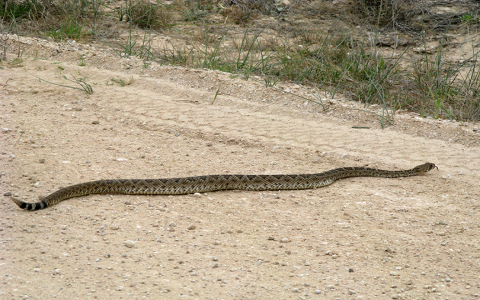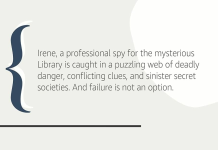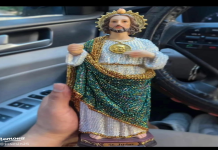Okay, so check this out. I was messing around with some image recognition stuff the other day, right? Trying to build a little app that could, like, identify different types of snakes. Seemed simple enough, but man, I ran into a whole mess of problems.
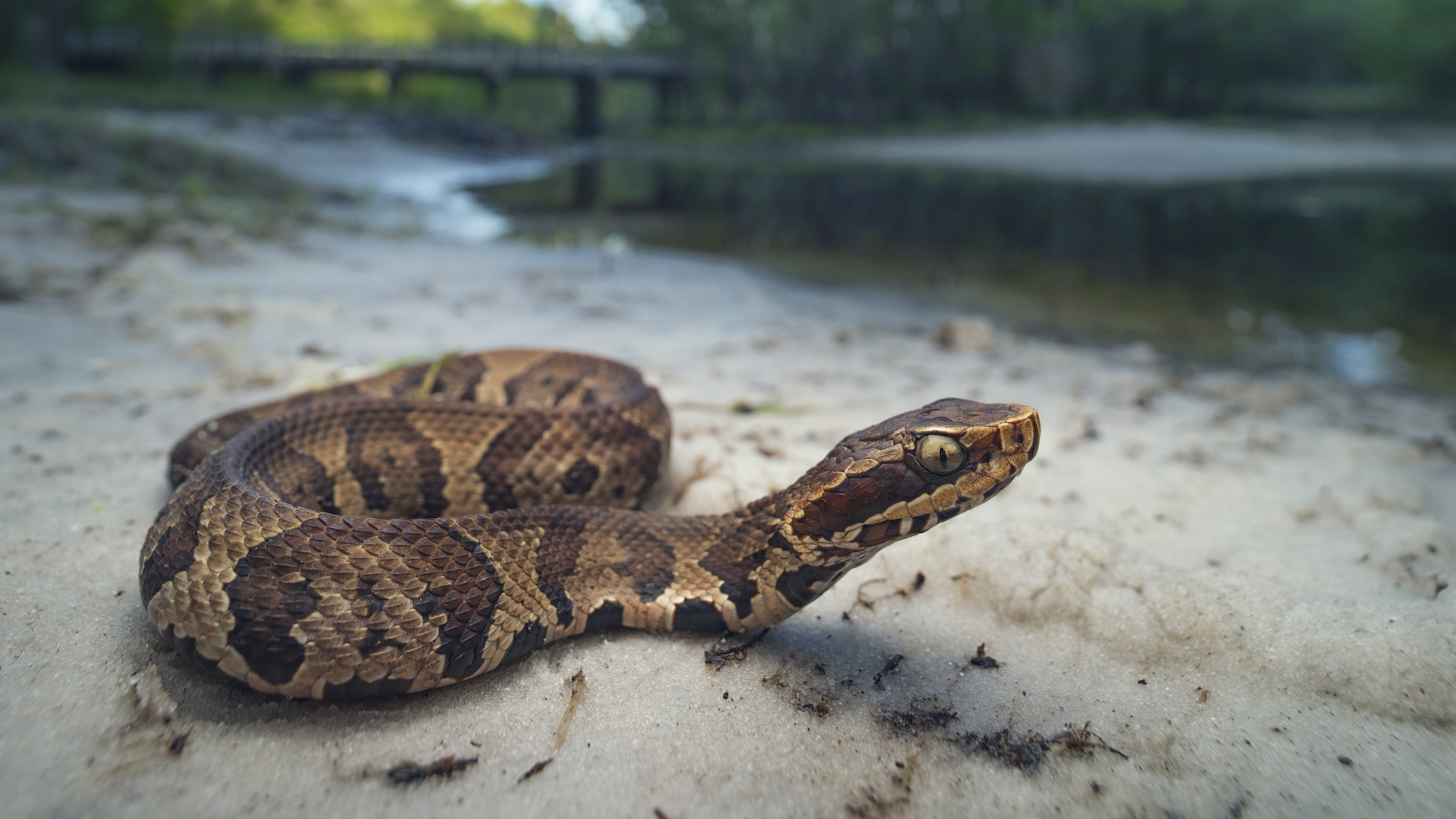
First off, getting the data. I figured, “No problem, I’ll just Google some snake pictures!” Yeah, right. Turns out, there are a lot of snakes, and people misidentify them all the freaking time. I was specifically trying to train it on cottonmouths, you know, those dead water moccasins everyone’s so afraid of? But half the pictures online are just random water snakes that people saw near a pond.
So, I started digging deeper. I needed good, labeled data. Found a few academic datasets, but they were either tiny or focused on, like, venom composition, not what the snakes actually looked like. Ugh. Eventually, I stumbled across a few forums where herpetology enthusiasts were posting pictures. Goldmine! But… it was still a ton of manual work to verify everything.
Then came the fun part: actually training the model. I figured I’d use TensorFlow, since I’m somewhat familiar with it. Started with a basic convolutional neural network (CNN), you know, the standard stuff. But it was terrible. Like, identifying my cat as a cottonmouth terrible. I was feeding it blurry, poorly lit pictures, so I knew that was gonna be a problem.
Spent a whole day tweaking the image pre-processing. Added some contrast enhancement, noise reduction, and tried to standardize the colors. Helped a little, but not enough. The big issue was still the variety of backgrounds and poses. Some snakes were coiled up, some were swimming, some were half-buried in leaves. The model was getting confused.
Tried some data augmentation. Rotated the images, flipped them, zoomed in and out, changed the brightness. Basically, tried to artificially create more variations of the same snake. That actually made a pretty big difference. The accuracy started to creep up.
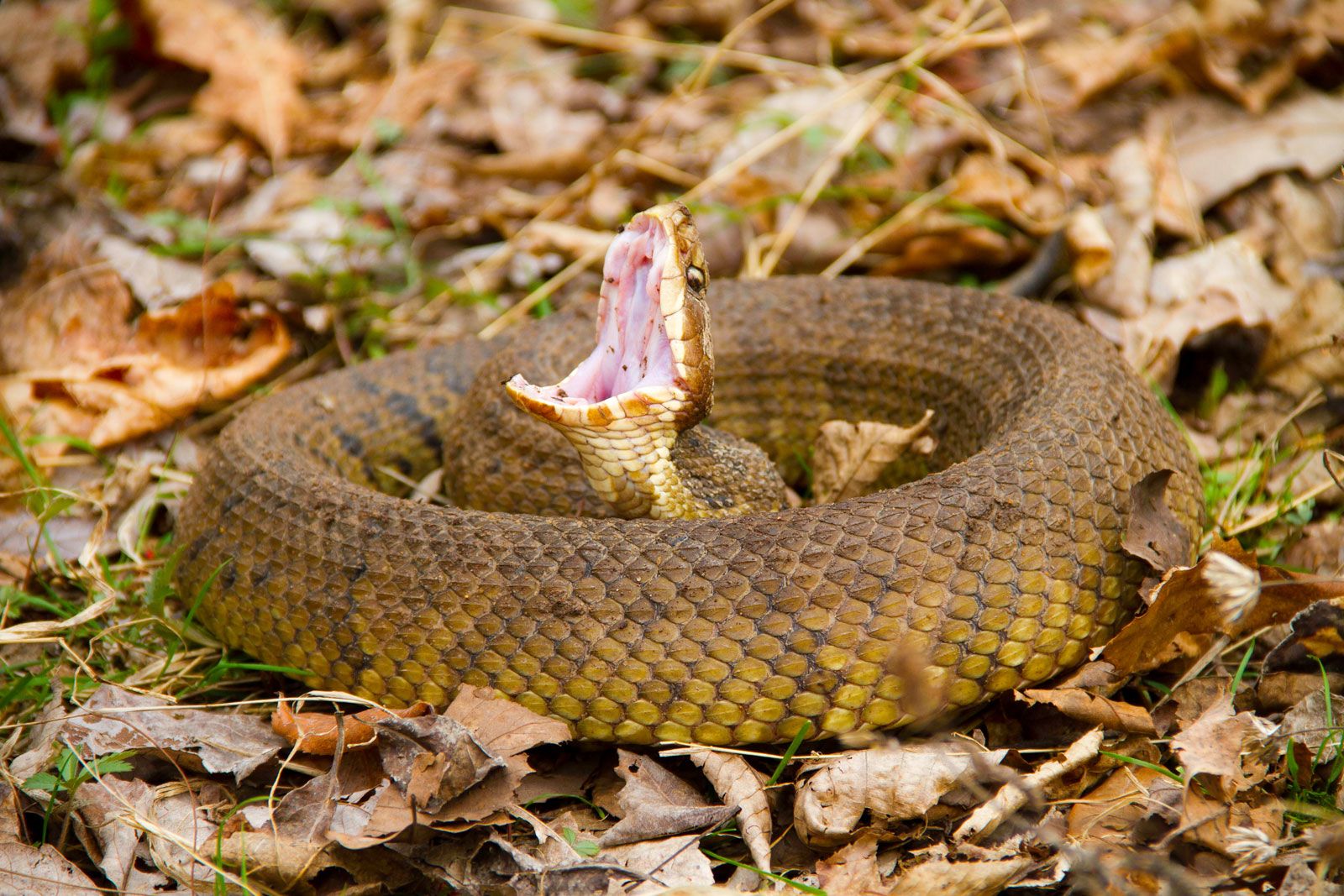
But here’s the kicker: the model kept misclassifying other types of water snakes as cottonmouths. Turns out, they look pretty similar to the untrained eye. I needed to give the model more examples of these “negative” cases.
So, I spent even more time scraping and labeling images of other water snakes: brown water snakes, northern water snakes, you name it. Fed them into the training set, and finally, things started to click. The model was still far from perfect, but it could at least distinguish a cottonmouth from a harmless water snake most of the time.
Now, the fun part is to actually deploy this thing, and test it out in real world, and see if it can actually identify snakes I found in the swamp, wish me luck!

